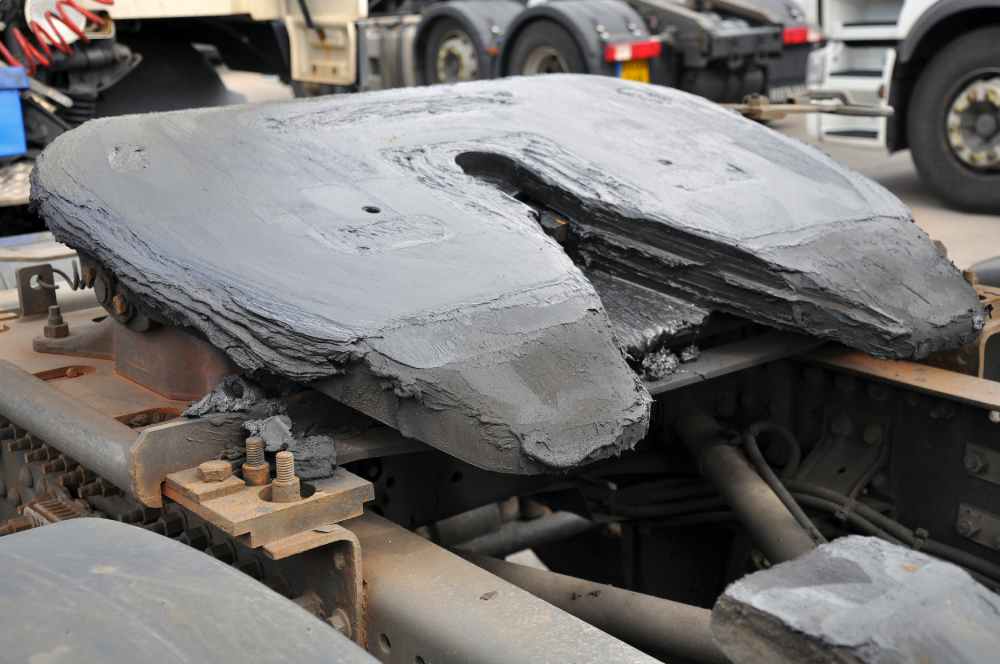
Do your staff know an A from B?
In the transport industry there is so much lingo and jargon, to the general public it would should like speaking a different language! While there are some transport terms which have made the jump into the mainstream, such as ‘B-double’, do your new staff members know what a ‘B-double’ is and how it differs from an ‘A-double’?
This blog explains how to identify two heavy vehicle combinations. Pass this blog onto employees who have recently joined the transport industry, or, even family members so they can learn the lingo!
‘A’-Coupling
The first step is to learn the difference between an ‘A’ coupling and a ‘B’ coupling. The most common form of an A-coupling will be an ‘A’ shaped drawbar fitted with a 50mm pin type coupling, generally known by the trade name ‘Ringfeder’ (pronounced “ring feeder”) mounted at the point of the ‘A’.
The rule of thumb here is to imagine looking down onto the coupling, right where it connects onto the drawing vehicle. If you see an ‘A’ shaped drawbar then in most cases you’re dealing with an ‘A’-coupling.
‘B’-Coupling
A ‘B’-coupling is a ‘fifth wheel’ coupling where the drawn trailer is connected onto the drawing vehicle (truck or trailer) by ‘resting’ on top of it and being connected such that it can yaw (‘steer’) and pitch (nod back and forth) but can generally not roll relative to the drawing vehicle.
The rule of thumb here is to imagine looking down on the coupling on the drawing vehicle, this time, if you see a ‘B’ shaped (you need to squint) fifth wheel, it’s a ‘B’-coupling.

Bringing it all together
Step 1: Count the number of trailers
Step 2: Ignore the coupling between the prime mover and the first trailer
Step 3: Work through combination identifying each remaining coupling type

Working through the picture above, we can see that there are four trailers, making this a ‘quad’ combination. We ignore the coupling between the prime mover and trailer one, trailer two rests directly onto the back of trailer one, making it a B-coupling. We see a drawbar connecting trailer three to trailer two, making it an A-coupling, similarly there is another drawbar connection between trailer four and trailer three, making it another A-coupling.
Bringing this all together, firstly list the coupling types from front-to-back (again, ignoring the coupling at the prime mover), so in this case ‘BAA’ then attach the number of trailers, making this an ‘BAA Quad’.
Some other terms you may hear
There are numerous other terms to describe combinations, here are a few:
Road Train: any motor vehicle towing two or more trailers except for a ‘B-double’.
Type 1 Road Train: An older term, primarily from Queensland, describing road trains up to 36.5m in length, typically ‘A-doubles’. Now used to define certain access networks.
Type 2 Road Train: Similar to Type 1 Road Train, however, describing road trains up to 53.5m, typically ‘A-triples’
Pocket Road Train: A Western Australian term to describe an ‘A-double’ designed to operate in the 27.5m length allowed for B-doubles in Western Australia.
C-Train: A Western Australian term to describe a B-Triple.
HIGHLIGHTS
- The most common form of an A-coupling will be an 'A' shaped drawbar fitted with a 50mm pin type coupling
- A B-coupling is a 'fifth wheel' coupling where the drawn trailer is connected onto the drawing vehicle by resting on top of it and being connected so that it can steer and pitch but generally cannot roll
- There are three steps to work out the coupling combination of a truck


